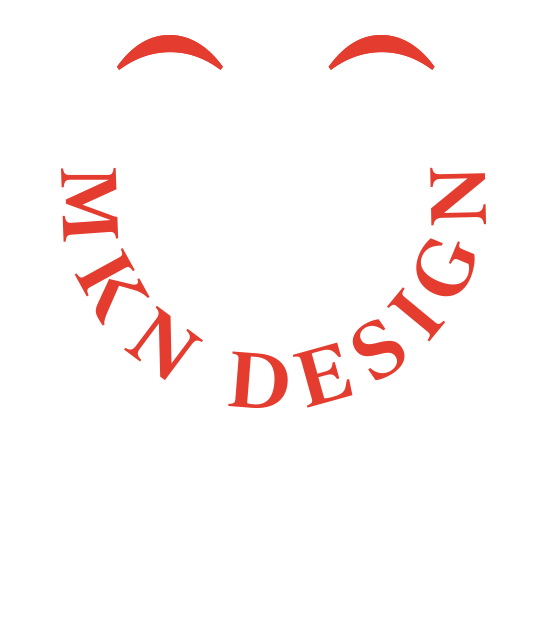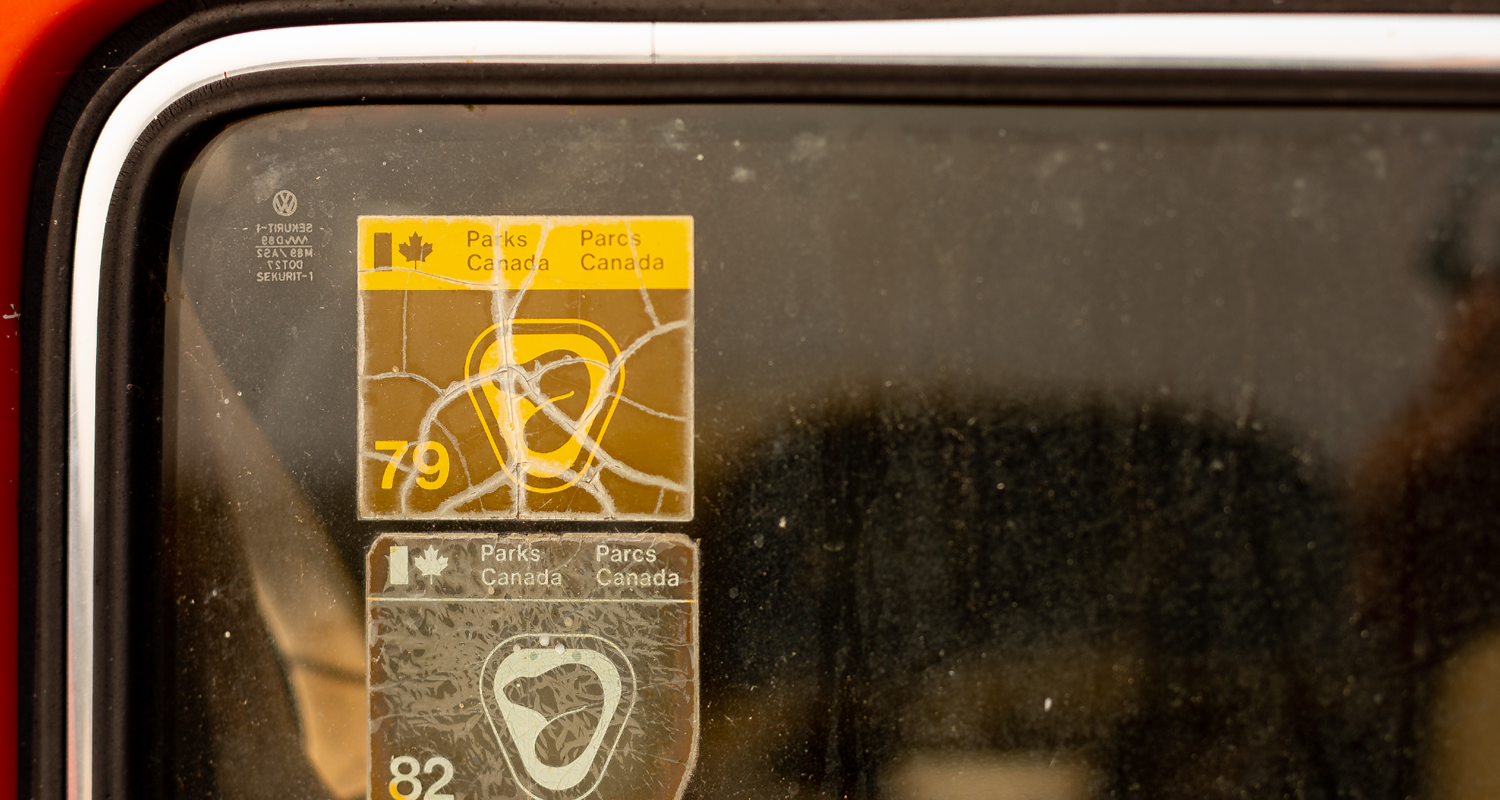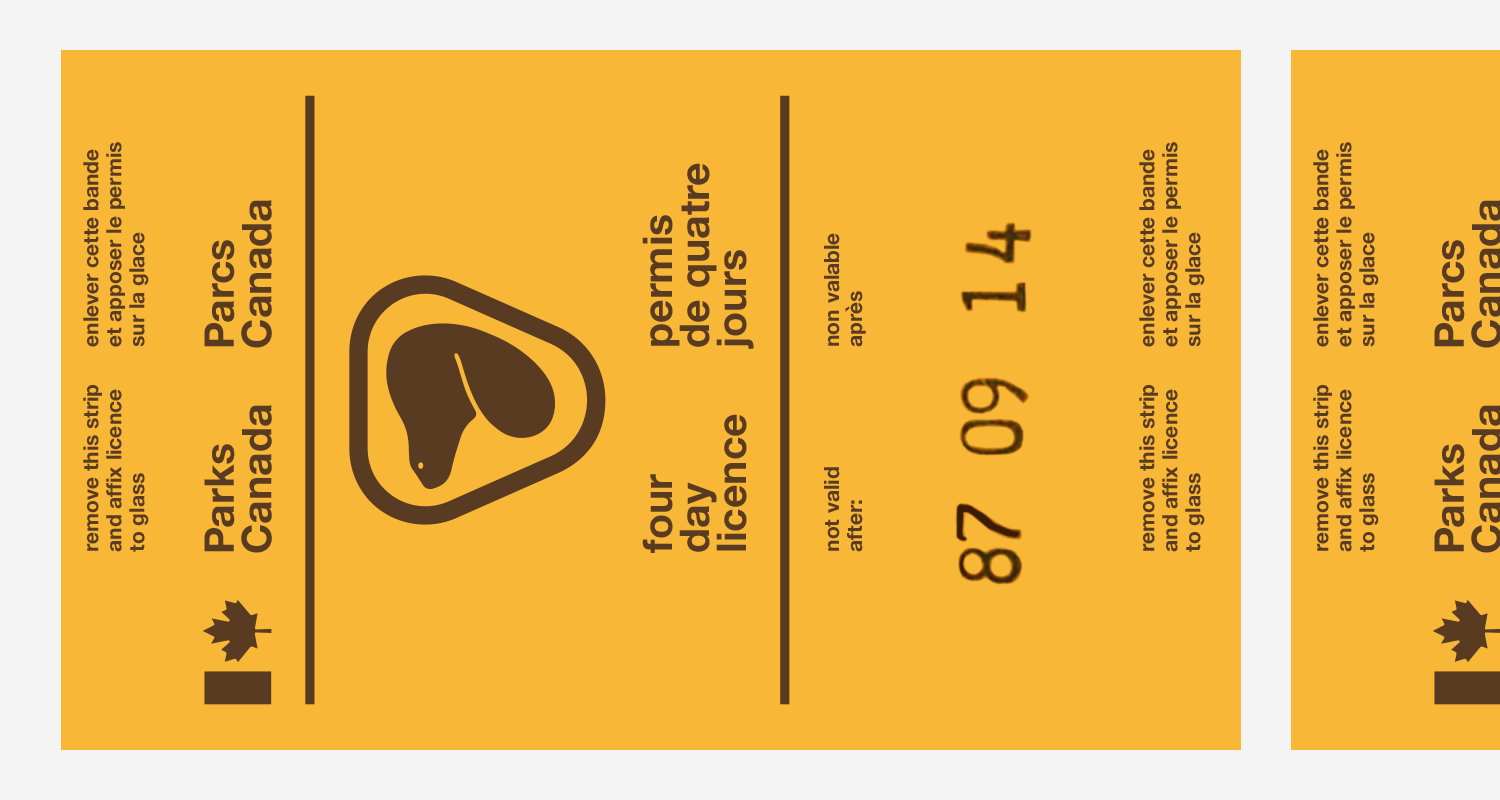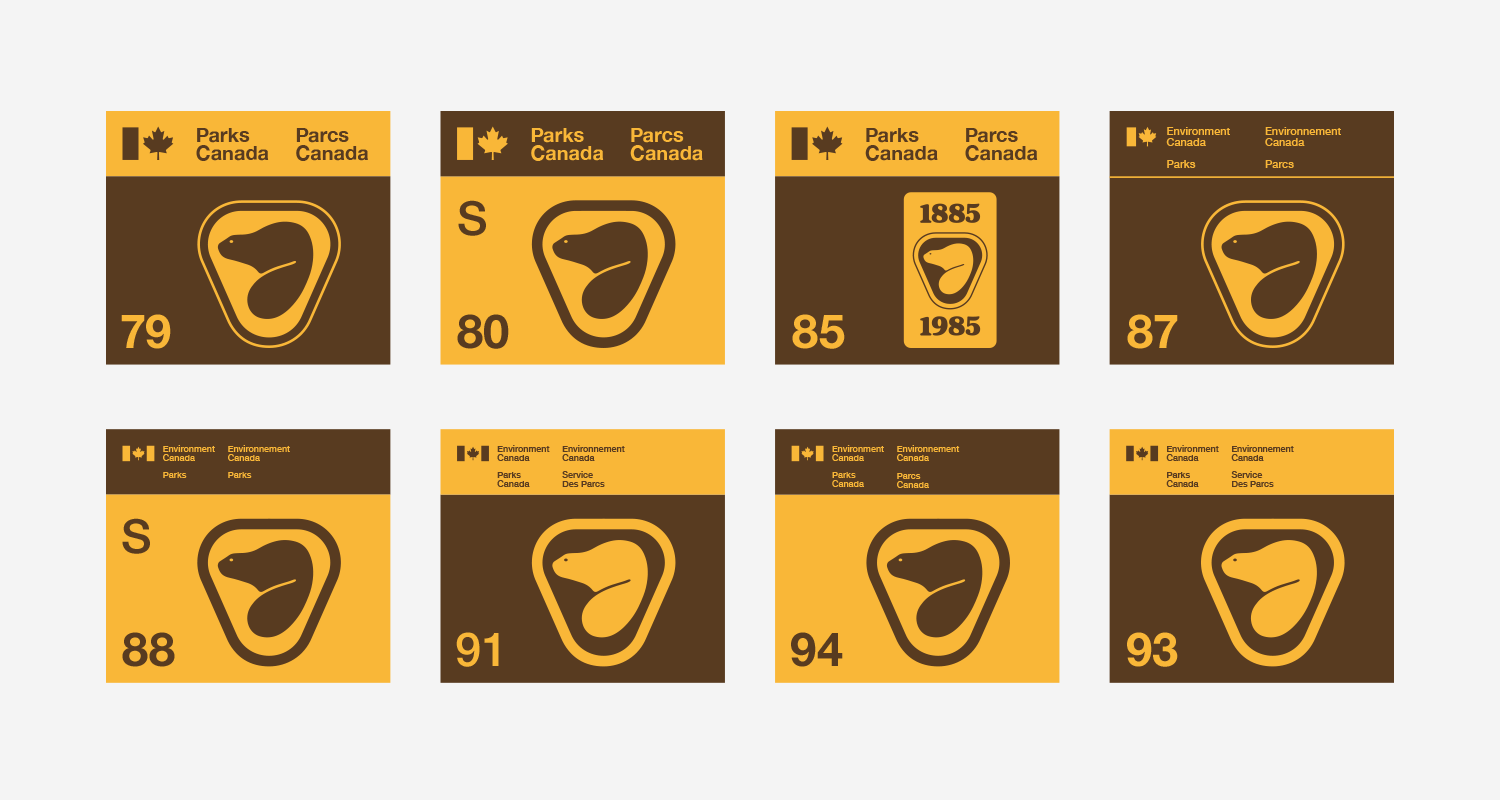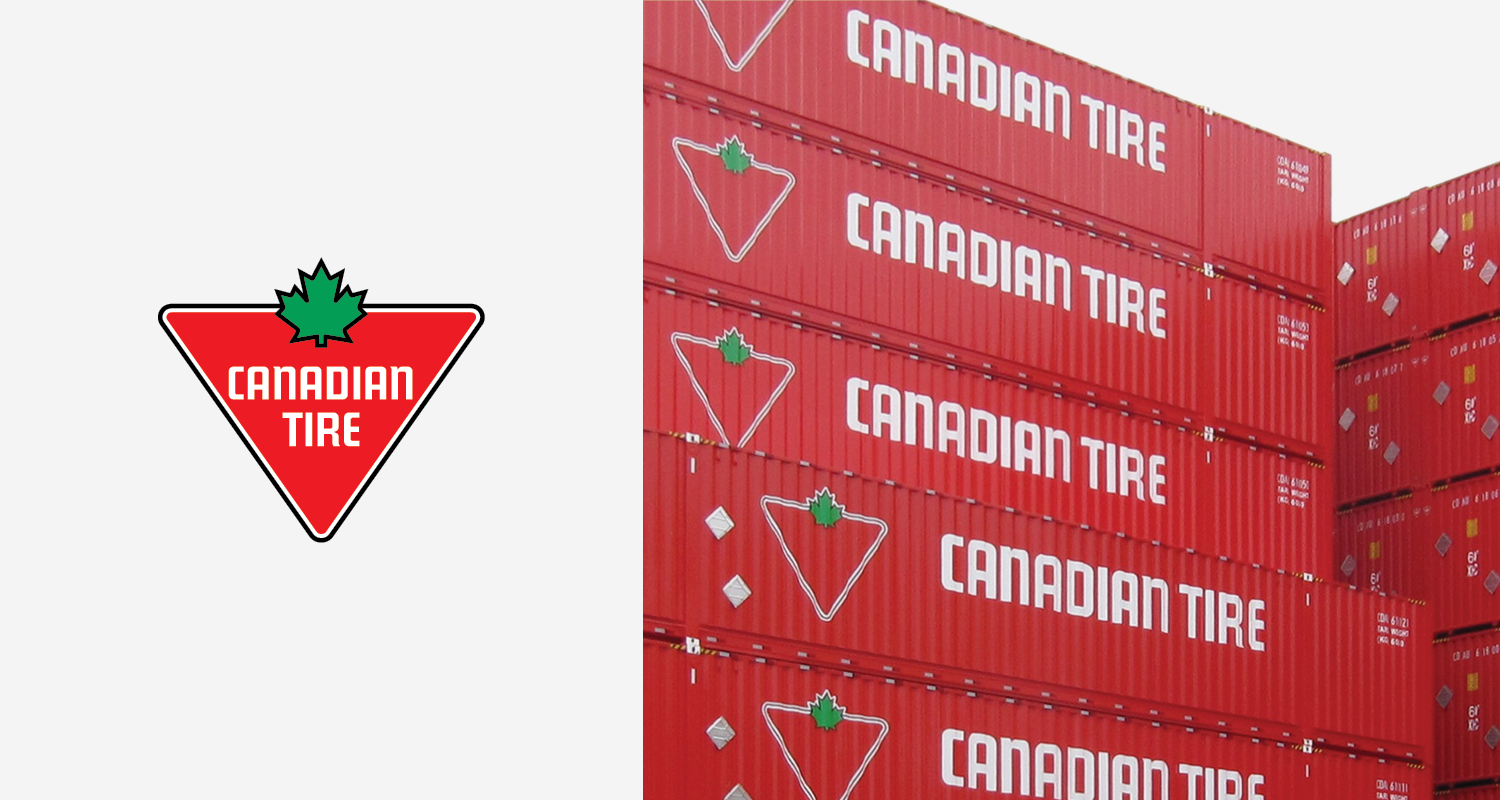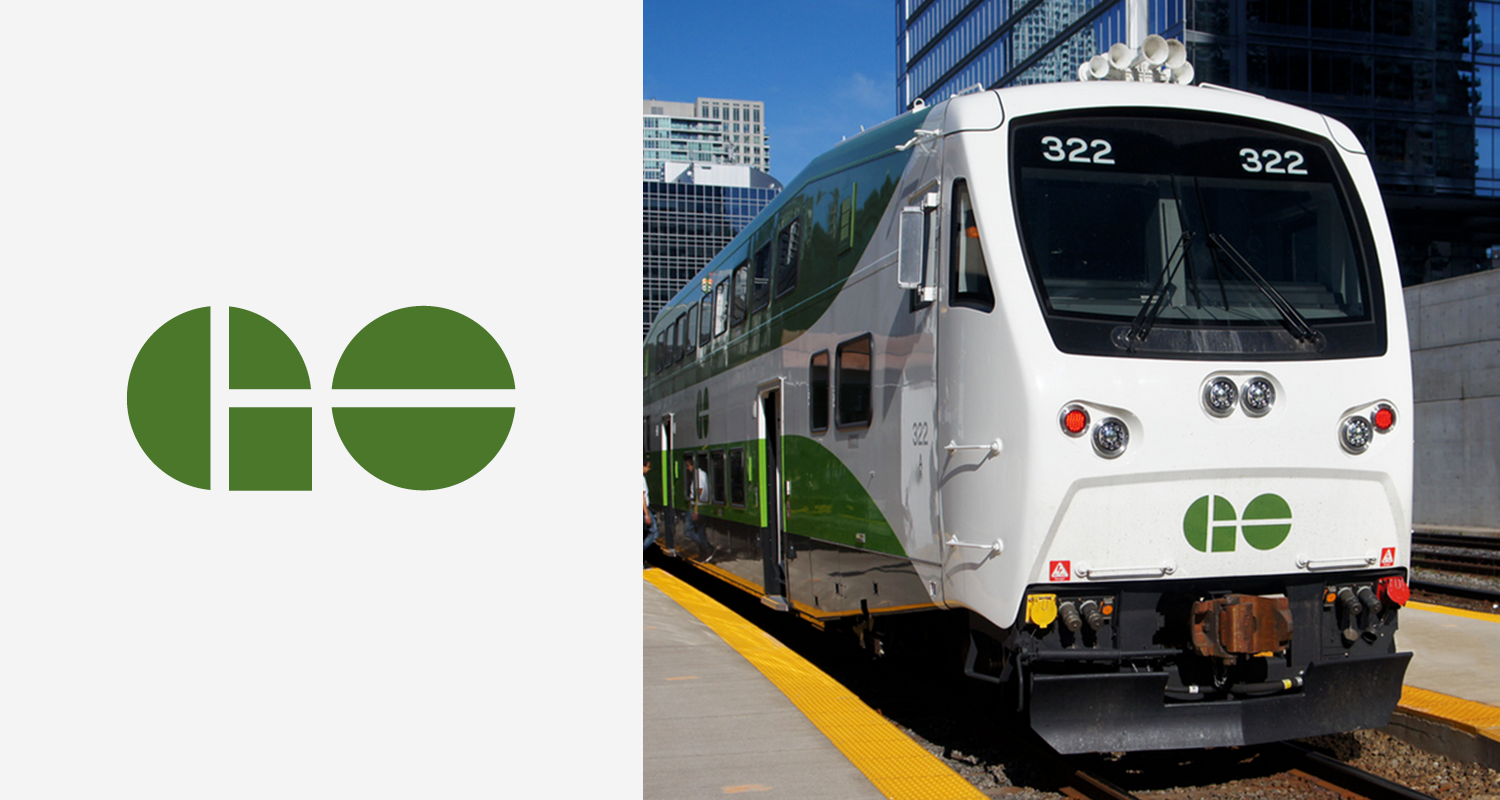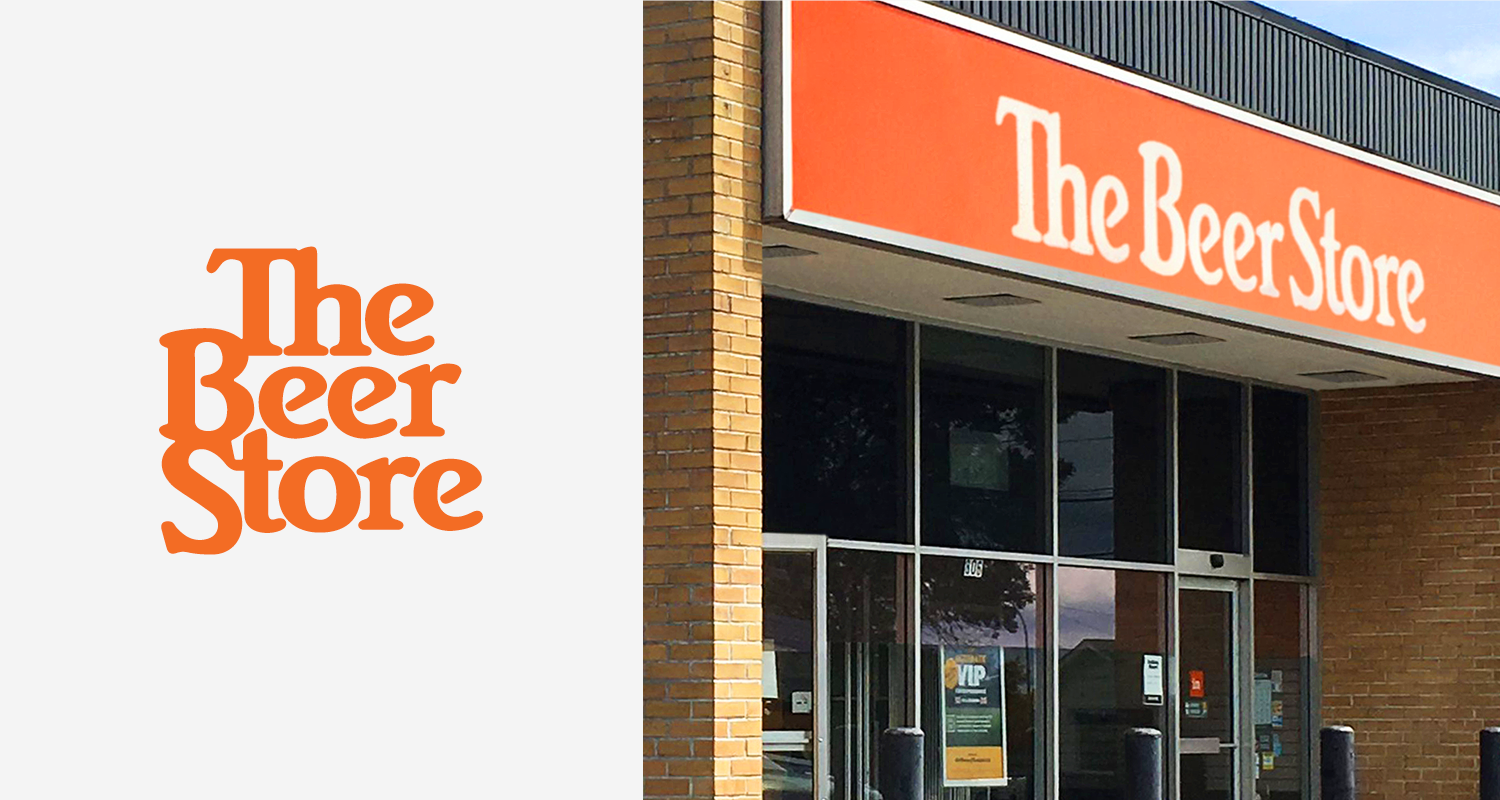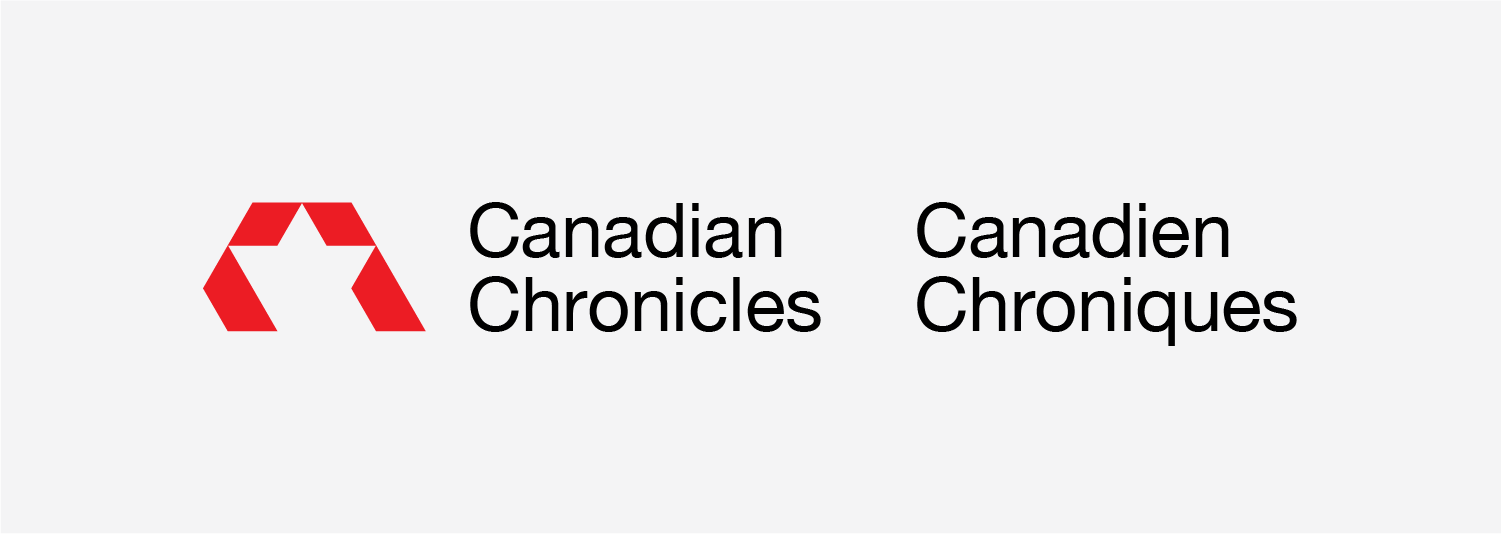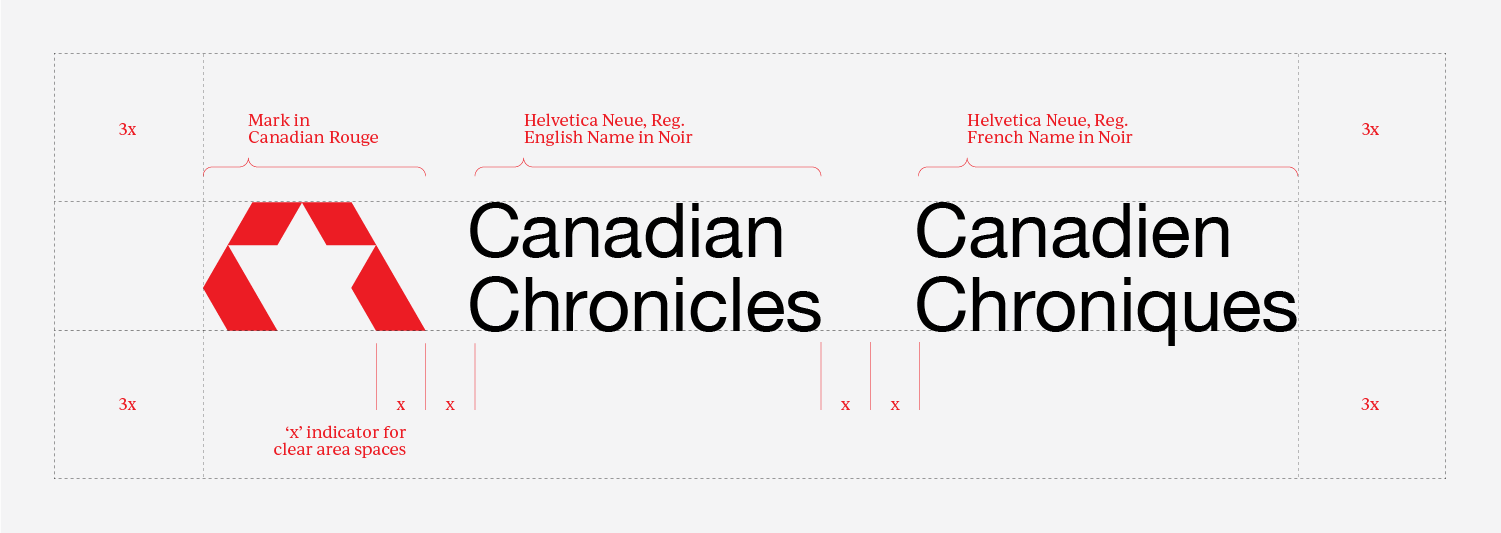Canadian Chronicles is my personal initiative, showcasing brands designed in Canada. These brands captured my attention—from growing up on my family's farm to attending Sheridan college and launching my career as a graphic designer in Toronto. These brands ignited my devotion for brand communication design and continue to influence my work.
Note:
Every month (or two) I will be highlighting brands designed by Canadians, for Canadians through the lens of my experiences and others who are willing to share their stories. Select photos are the copyright and trademark works of their respective holders.
Citytv
Citytv
__
Year: 1973
Designer: Unknown
Studio: Unknown
Status: Active (updated brand)
Industry: Media
__
www.citytv.com
I know, I know—it’s just a news logo (eye roll). But this news station was different. That’s why I love their brand. Citytv wasn’t your typical news station—it took an innovative approach to delivering the news, and that boldness came through in its identity and how they presented themselves to Torontonians. It practically shouted, “We’re different—look at us, hear us, see us—we’re everywhere.”
Growing up in the ’70s and ’80s, the format of most news broadcasts followed a predictable, controlled style. Music played, the station logo faded in—usually an acronym paired with the channel number—and the anchor appeared behind a desk, starting the program with, “Welcome, you’re watching [Such-and-Such] News. We’re starting off this program with…” Then they’d proceed to read the news from a teleprompter. It wasn’t bad—it was just expected and unremarkable.
Citytv used a similar format in the late ’70s and ’80s, but in the early ’90s, the station began to shift as seen on this footage of Citytv New Openers.¹ The driving force behind this change was Moses Znaimer, “He gradually began to pioneer a distinctive style of broadcasting, inspired in part by Marshall McLuhan, which emphasized a strongly local, hip, and casual format aimed at young audiences.” ² Znaimer himself once said, “The flow, not the show.” ³ Breaking down studio walls and gave the public a view inside—literally and figuratively.
This evolution happened during the mid-’90s, when I was attending Sheridan College—right in their target demographic—and it left a huge impression on me. It wasn’t just their bold, fresh approach to newscasting. Citytv extended that spirit into sister stations and programs like MuchMusic,⁴ Oh La La, Breakfast Television, and Great Movies.
They also created Speakers Corner,⁵ a public video booth outside their Toronto headquarters. Anyone could step in to rant, sing, tell jokes, or shout out a message—and the clips aired weekly. It was a direct, unscripted connection between the public and the station.
Another standout feature was the CityPulse news truck sculpture bursting through the wall of their headquarters at 299 Queen Street West. Artist Nigel Stanley, who designed the sculpture said, “His vision was for the truck to look like it was busting out of the building, off to the latest news story.”
As I look back, it wasn’t just the logo that made Citytv stand out (although the logo certainly helped). It was the brand as a whole—the bold messaging, the inventive programming, the cultural relevance, and the iconic broadcasting vans—that made Citytv unforgettable. ❤
-
-
1. Previous headquarters of Citytv, 299 Queen Street West
2. Citytv logo evolution, 1972 to present
3. Citytv branded mic and camera
4. CityPulse & Citytv News, Movies, Music poster
5. Citytv breaking news sculpture sketches Nigel Stanley
6. Citytv completed breaking news sculpture
7. Moses Znaimer – 1984, Darrell, Dick
8. Citytv Everywhere Mural by Bill Wrigley – c. 1990
9. Citytv Great Movies bumper – c. 1998
10. LiveEye Truck – c. 1980
11. Mark Dailey, Canadian television journalist and announcer – c. 1990
12. Citytv brand refresh by & good company - 2012
